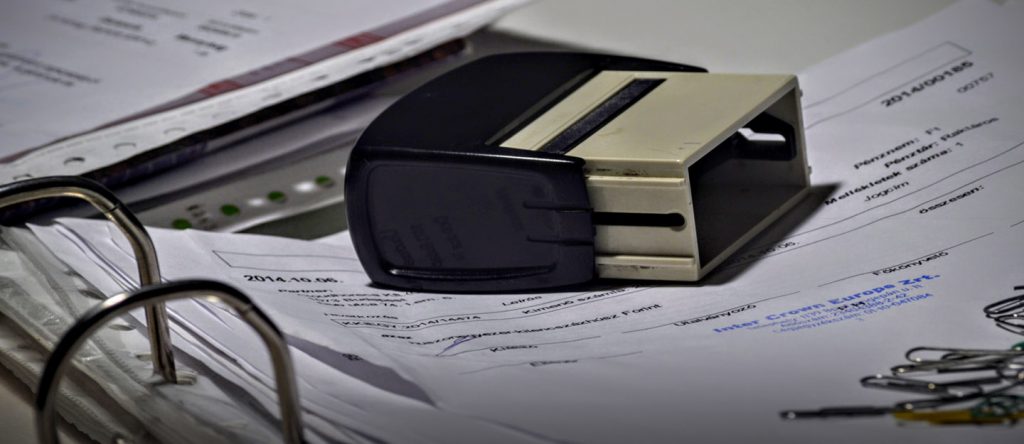Document management is a term which may result in even technology savvy professionals to throw their hands up in confusion and exasperation. Why. It appears everybody has a different idea about what characteristics and abilities it comprises. Traditional document Capture entails printing a document and putting it within an organized filing system. Electronic document capture puts the record in an organized file surroundings too, but without resorting to paper copies. Records enter the Electronic monitoring system, today increasingly known as the file management program, in lots of ways. External documents can arise almost everywhere. By trading partners, media resources, research institutions, regulatory and government agencies, to mention a couple
These records normally are recorded using document imaging, or scanning apparatus, using optical character recognition technologies. Internal files most frequently arise as output from office productivity solutions, such as file printing and check printing methods. Other resources are incoming faxes and incoming email files. Historically, there have two methods for directing internal files into the file management program. Raw information could be published and then scanned to the archive file. Or the information may be exported as a PDF file. External paper records, such as hard-copy faxes, are scanned into archive files. E-mail files typically enter the machine in their digital form.

A host of variables Influence corporate archiving demands. Not least of them are legal, fiscal and compliance issues but client associated concerns cause their particular mandates. In all scenarios, companies need to know where their advice resides. For writings to be helpful and successfully preserved, a thorough and exact indexing system process is required. Parallels exist at the Classic file cabinet procedures, which are sectioned of by departmental and/or document type and which use alphabetical and hierarchical document structures, and at the library business’s Dewey decimal system. The modern imaging/scanning/OCR alternative is digital but generally it involves extensive manual indexing, which may be time consuming and error-prone.
A Much Better solution is to use software solutions that use automated document capture procedures that interact with the file management system to employ indexing mechanically as files are recorded – in the time of creation, for internal files, or as they are scanned into the computer system. Until lately, paper Files have moved about a company through the business email system. Even though this is still trivial, an increasing number of document distribution and delivery has been achieved electronically, with file delivery via email or intranet postings and alarms and look at document attestation dubai. Document distribution to outside recipients nevertheless relies heavily on postal shipping, but over the last few decades, communicating with trading partners and other external parties has transitioned into electronic mail delivery and supply procedures. Electronic mail, approved intranet accessibility, web forms and also in the event of fiscal transactions, the banking sector’s Automated Clearing House ACH system and Financial-EDI.
